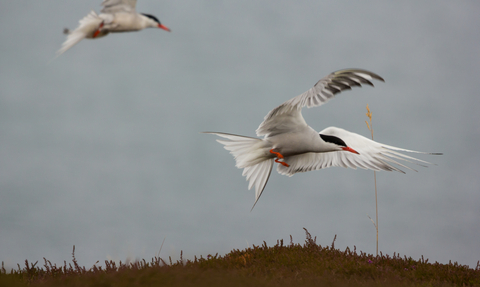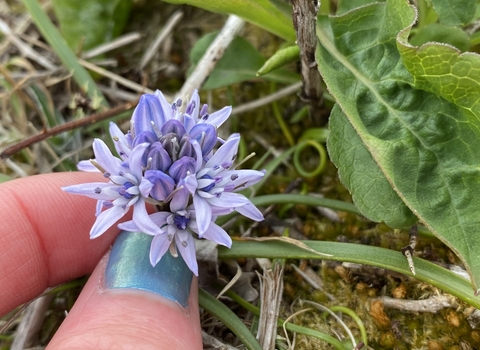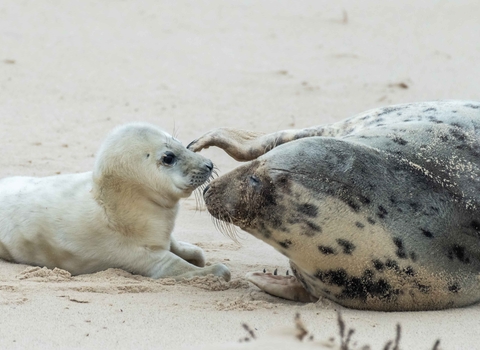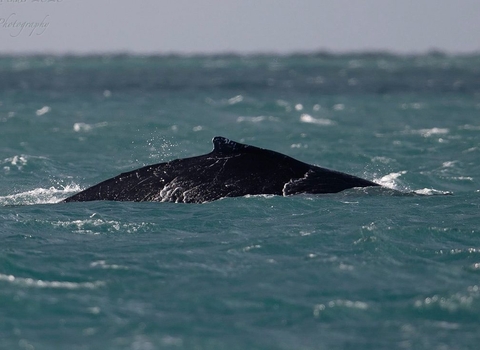
Summer wildlife on Scilly
Summer daze
Summer is renowned for being the most popular time of year to visit Scilly. The islands sparkle as the warm sun bounces off the long beaches, turns the shallow seas a stunning turquoise and warms the granite rocks which form the bedrock of the archipelago. The islands are bustling at this time of year as thousands of visitors flock for their holidays, but it's also entirely possible to get away from it all and enjoy the seclusion and peacefulness of island life.
June is the deal time of year to enjoy our seabird colonies. Whilst small compared to the towering seabird cliffs of the east coast, our populations of puffins, razorbills, guillemots, shags and gulls are considered regionally important. A wildlife safari is the best way to enjoy watching these birds, as they nest on the isolated Norrad Rocks like Mincarlo and Western Rocks, like Annet. European storm-petrels and Manx shearwaters both breed here, and have benefited enormously from conservation projects like the Seabird Recovery Project. Watching the evening gig races offers a great chance to see Manx shearwaters, as they raft just offshore to await the cover of darkness before returning to their burrows.
The Isles of Scilly sees an incredible shearwater passage every July and Autumn, along with regular sightings of skuas, petrels and more. You can head out to see with a pelagic trip to enjoy views of Cory's and great shearwaters, Wilson's storm-petrels or even something rarer. Out at sea, or even close in to shore, you can have a close encounter with one of the many marine mammals that are seen here. Grey seals breed on the islands so are often spotted bobbing in the water, whilst common dolphins, minke whales and harbour porpoises are often seen, too. You might be lucky to catch a glimpse of an ocean sunfish, one of the largest species of fish in the world, whilst blue sharks, porbeagle sharks and Atlantic bluefin tuna are regularly seen offshore.
Along the coasts, this is an abundant time of year, with rockpooling a favourite activity. In recent years, as well as the usual array of starfish, anemones, crabs and fish, we've seen big influxes of rarer species from tropical waters, including violet sea snails (read the story here).
Further inland, this is a blossoming time of year for Scilly. Wildflowers bloom in abundance, including foxgloves, sheep’s-bit, wild chamomile, rock sea-spurrey, heather and bird’s-foot-trefoil, attracting a host of bees, butterflies, moths and other invertebrates. You might be lucky enough to see a hummingbird hawk-moth flitting around the red valerian, or another mega moth like a striped or convulvulous hawk-moth, and it's a top time to go searching for the red-barbed ant by the Daymark on St Martin's. Small copper, red admiral, speckled wood, clouded yellow and holly blue are amongst the butterflies you might spot. Dragonflies like the southern hawker and the blue-tailed damselfly might be seen flitting around the wetlands. This is also a top time to see hedgehogs on St Mary's, which are not native to the islands.



